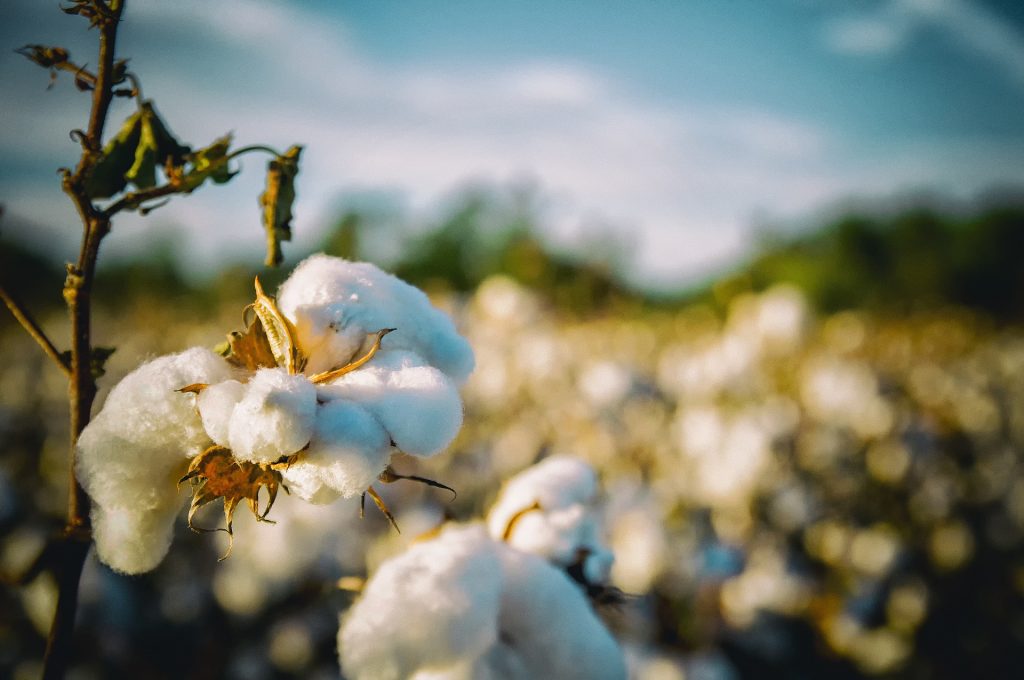
Gold for Ventile® Partners at European Awards
March 22, 2021
The Rise of Fabric Blends
May 28, 2021Fashion’s Throwaway Culture and the Importance of the Slow Fashion Movement

As an industry we are aware of the dangers of the ever-growing ‘throwaway culture’ which has, over time, become synonymous with fashion. From stores promoting the new seasonal trends to influencers unboxing their latest haul, it is clear that fast fashion poses some serious issues. As a cultural counterbalance, the slow fashion movement is gaining momentum - so what does this all mean?
The current life cycle of clothing isn’t sustainable – we're using clothes less and less, but sales are increasing. Recent figures indicate that some garments are discarded after just seven or eight uses. We are seeing a rapid increase in clothing consumption, as well as a decline in the use of individual items before discarding. This, coupled with the fact that less than 1% of clothes are recycled into new garments paints a worrying picture for the current state of the clothing industry.
We also must be aware of issues around the use of unsustainable fabrics such as Viscose, which can cause large amounts of pollution during production. Other problems include some labour wages and conditions being less-than-ideal (some workers sometimes don’t even know who they are producing for), and a dependence on fossil fuels. However, despite the number and variety of issues currently afflicting the industry, there are many answers and possible solutions which offer hope. Hope of a change for the better within the next few years.
One possible solution, and something that the EU is treating as a priority, is to implement a circular economy within the textiles industry. This would focus on waste prevention, reduction, and recycling, to cut down on the amount of clothing ending up in landfills. A recent Circular Economy Action Plan released in March 2020 by the EU is testament to this and is greatly encouraging to see.
Another solution is to extend producer responsibility, by aiming to implement the cost of waste to the producer, to encourage more responsible and sustainable production. This would also look to increase the due diligence in production processes and allow greater transparency in supply chains.
Here at Ventile, we understand the current risks the industry is facing, which is why our Ventile fabric is made to last, with customers often owning their garments for years, resulting in countless uses and wears. The more uses a customer gets out of their Ventile clothing, the more Ventile is managing to slow down the textiles industry.
Ultimately, a change is going to require a conscious effort by all involved. Brands can collectively come together to help each other and improve the whole sector. This is where the slow fashion movement takes centre stage. It is a growing, conscious, and determined group of individuals and brands who are intent on taking steps to embrace slow fashion. Together, we must all innovate in order to transform.
Join the movement. Love the environment. Choose slow fashion.
If you would like more information about slow fashion, or if you would like to speak to a member of the Ventile® team, feel free to drop us a line here: contact us.
